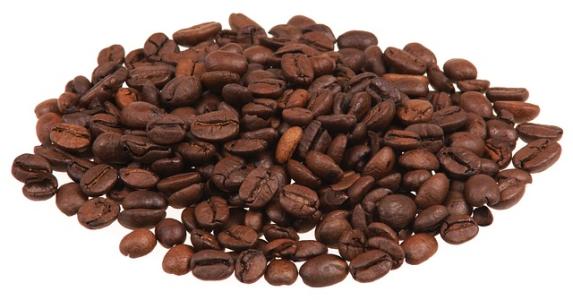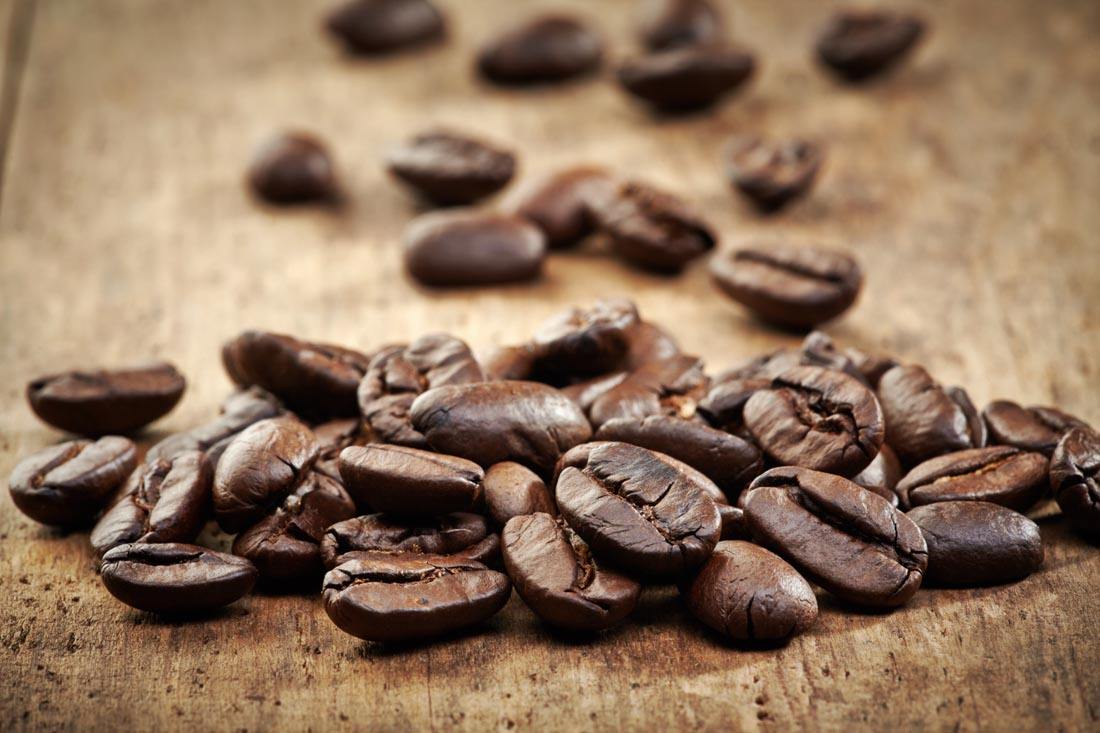Introduction to the properties of AA coffee beans from Kilimanjaro, Tanzania
Follow the caf é (Wechat official account vdailycom) and found that Beautiful Cafe opened a small shop of its own.
Planting and harvesting
The main varieties of Kilimanjaro coffee in Tanzania are Arabica species, accounting for about 70%, with a planting height of 1000-2500 meters. Arabica is dominated by bourbon and washed; coffee was first introduced and cultivated by Christians from Kenya. Kilimanjaro volcano is rich in volcanic soil, and some coffee trees planted here are more than 100 years old. Coffee trees must be carefully taken care of, weeded, fertilized, and old branches must be cut off while growing new branches to maintain the quality of coffee beans. Kilimanjaro has two rainy seasons every year, from September to December and from March to May, while the harvest season is between July and December.

Quality
Tanzania Kilimanjaro AA is the highest grade of beans, its classification standards are weight and number of items, in addition to AA, there are A, B, C and PB. The granules of AA beans are full, the flavor is pure, rich and refreshing, and the quality is excellent in all aspects. It usually has mild acidity and evenly stimulates the taste buds in the middle and sides of the back of the tongue, feeling a bit like the sour taste of tomato or soda. It has a strong aroma after moderate or more moderate baking. Coffee from Tanzania has long been loved by Europeans and joined the ranks of famous products. Europeans give Tanzanian coffee the nickname "coffee gentleman".
The most interesting thing to talk about about Tanzanian coffee beans (hereinafter referred to as TZ) is Kilimanjaro AA, followed by PB. Come out of these, no matter how much introduction about TZ is really very few.
After months of efforts by our foresea, the current season's TZ AA superior has arrived. Also take this opportunity to popularize the knowledge of TZ in order to increase our exposure, as you all know.
Overview of Tanzania beans
When Pangu opened, in 1898, bourbon coffee was introduced by Catholic priests to the Kilimanjaro region of Tanzania. Then the Kent species was introduced in 1920.
Coffee species and genera
Therefore, up to now, the coffee in Tanzania is mainly bourbon and Kent.
Coffee variety
70% of Arabica is planted between 1000 and 2500 meters.
30% of Robusta is planted between 800 and 900 meters.
3 major planting areas
North: harvest season 1 and 2: July-December
West: March and 4th harvest season: may-October (3 for Luodou area)
South: may and June harvest season: July-December
The total planting area is about 250000 hectares.
Economic importance
Support 400000 families and contribute 15 per cent of foreign exchange each year
Cup test performance
1) the following are official descriptions.
Northern coffees tend to be pleasant in aroma, rich in acidity and body, sweet taste with balanced flavours due to mineral nutrients from volcanic soils.
The northern coffee is full of aroma, bright acidity, mellow taste, and thanks to the fertile volcanic soil, it has the sweetness of mineral water.
Southern coffees are characteristically medium body and fine acidity with good fruity and floral aromatic taste.
Southern coffee is rich in floral aromas, smooth on the palate with elegant acidity.
2) SweetMarias's introduction of TZ (emphasis on flavor / quality)
Tanzanian coffee has the excellent pedigree of the Middle Eastern non-washed bean family, bright acidity, rich and irritating flavor. There is no doubt that Kenyan coffee takes the lead in this family, but Tanzania has many advantages that are very similar to those of Kenya.
Round beans are often specially selected and expensive, but sometimes they taste like moldy beans, which is not in line with their price. As we all know, garden beans have become a unique flavor of coffee, and sell well in the United States, favored by many roasters. Tanzania is a potential coffee, but sometimes its flavor is not really shown. One reason is that Tanzania does not have the same road infrastructure as Kenya, and coffee in containers ages (or at a high temperature) during transportation. I often drink very good Tanzanian samples, but sometimes I also drink very bad coffee. The problem is that Tanzania only knows that no matter whether the quality is good or bad, they can make a profit from the beans. So what is the motivation for locals to pick and take good care of coffee in time to prevent such defective beans?
Blackburn Estate from Ngorogoro has always been an excellent variety and has the highest evaluation in recent memory. The Ruvuma producing area also has a good flavor, which is the southern coffee with the northern gene. The beans of Kibo are bulky and seem to have been cooked at high temperature. The coffee in the south is clean and full, and its mild and unexciting flavor is second only to Kenya. In the past, we have had a small number of caffeine beans from Nkoanekoli and Ngorongoro that represent a step forward compared to other producing areas.
So please remember that if you have a Tanzanian spot in front of you now, you have to put aside my mockery because it must be of good quality. Most of the good Tanzanian coffee comes from Mt in the north. Kilimanjaro, Moshi, Mbeya producing areas and Songera producing areas flowing south to the Ruvuma River and Ruvuma basins
Important Notice :
前街咖啡 FrontStreet Coffee has moved to new addredd:
FrontStreet Coffee Address: 315,Donghua East Road,GuangZhou
Tel:020 38364473
- Prev

Production and brewing method of Kilimanjaro coffee
Follow the caf é (official Wechat account vdailycom) and found that Mount Kilimanjaro in Tanzania opened a small shop of its own. Mount Kilimanjaro in Tanzania has typical African bean characteristics, thick texture, mild acidity than Kenya, uniform acid tapping on the taste buds, wet fragrance, mild milk sweetness. When you take a sip, the dark acidity is immediately covered with mild milk sweetness.
- Next

Introduction of flavor and aroma components of Kilimanjaro coffee bean producing area
Following Cafe Review (Wechat official account vdailycom) found that Beautiful Cafe opened a small shop of its own. The shining mountain in the distance was covered with red gems, bringing wealth to the people and joy to the diners. Kilimanjaro coffee is an important lifeline of the Tanzanian economy. About 17% of the foreign exchange is generated by coffee and is mainly produced around the Kilimanjaro volcano.
Related
- Detailed explanation of Jadeite planting Land in Panamanian Jadeite Manor introduction to the grading system of Jadeite competitive bidding, Red bid, Green bid and Rose Summer
- Story of Coffee planting in Brenka region of Costa Rica Stonehenge Manor anaerobic heavy honey treatment of flavor mouth
- What's on the barrel of Blue Mountain Coffee beans?
- Can American coffee also pull flowers? How to use hot American style to pull out a good-looking pattern?
- Can you make a cold extract with coffee beans? What is the right proportion for cold-extracted coffee formula?
- Indonesian PWN Gold Mandrine Coffee Origin Features Flavor How to Chong? Mandolin coffee is American.
- A brief introduction to the flavor characteristics of Brazilian yellow bourbon coffee beans
- What is the effect of different water quality on the flavor of cold-extracted coffee? What kind of water is best for brewing coffee?
- Why do you think of Rose Summer whenever you mention Panamanian coffee?
- Introduction to the characteristics of authentic blue mountain coffee bean producing areas? What is the CIB Coffee Authority in Jamaica?

